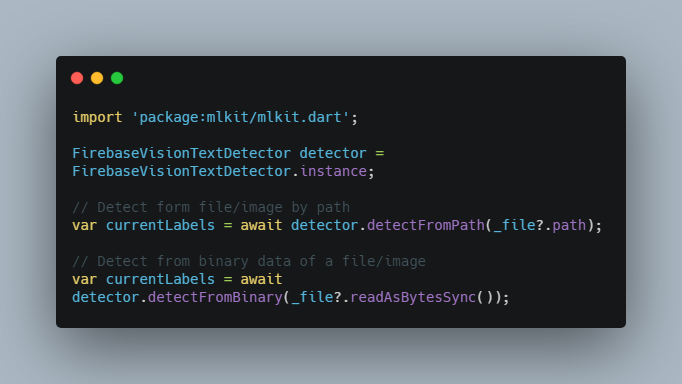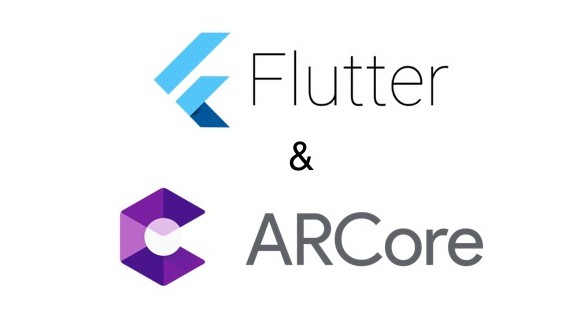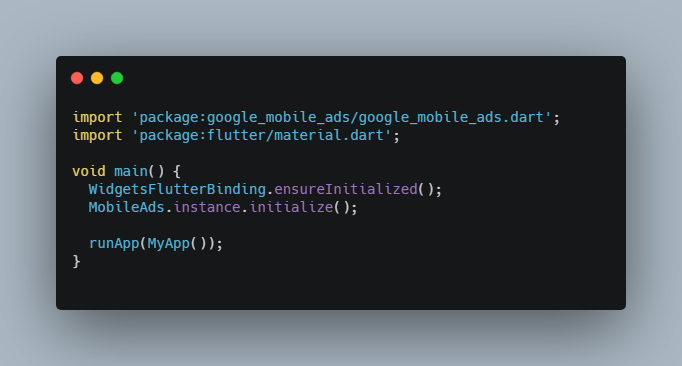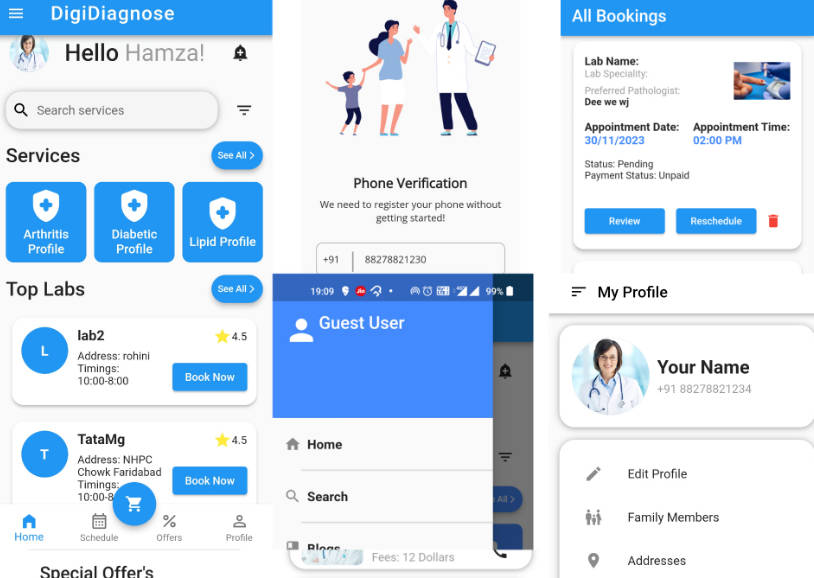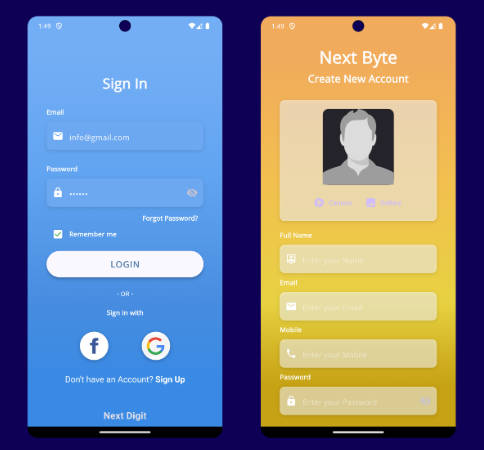mlkit
A Flutter plugin to use the Firebase ML Kit.
this is not official package
The flutter team now has the firebase_ml_vision or firebase_ml_custom package for Firebase ML Kit. Please consider trying to use firebase_ml_vision.
Note: This plugin is still under development, and some APIs might not be available yet. Feedback and Pull Requests are most welcome!
Features
| Feature | Android | iOS |
|---|---|---|
| Recognize text(on device) | ✅ | ✅ |
| Recognize text(cloud) | yet | yet |
| Detect faces(on device) | ✅ | ✅ |
| Scan barcodes(on device) | ✅ | ✅ |
| Label Images(on device) | ✅ | ✅ |
| Label Images(cloud) | yet | yet |
| Object detection & tracking | yet | yet |
| Recognize landmarks(cloud) | yet | yet |
| Language identification | ✅ | ✅ |
| Translation | yet | yet |
| Smart Reply | yet | yet |
| AutoML model inference | yet | yet |
| Custom model(on device) | ✅ | ✅ |
| Custom model(cloud) | ✅ | ✅ |
What features are available on device or in the cloud?
Usage
To use this plugin, add mlkit as a dependency in your pubspec.yaml file.
Getting Started
Check out the example directory for a sample app using Firebase Cloud Messaging.
Android Integration
To integrate your plugin into the Android part of your app, follow these steps:
- Using the Firebase Console add an Android app to your project: Follow the assistant, download the generated
google-services.jsonfile and place it insideandroid/app. Next, modify theandroid/build.gradlefile and theandroid/app/build.gradlefile to add the Google services plugin as described by the Firebase assistant.
iOS Integration
To integrate your plugin into the iOS part of your app, follow these steps:
- Using the Firebase Console add an iOS app to your project: Follow the assistant, download the generated
GoogleService-Info.plistfile, openios/Runner.xcworkspacewith Xcode, and within Xcode place the file insideios/Runner. Don't follow the steps named "Add Firebase SDK" and "Add initialization code" in the Firebase assistant.
Dart/Flutter Integration
From your Dart code, you need to import the plugin and instantiate it:
import 'package:mlkit/mlkit.dart';
FirebaseVisionTextDetector detector = FirebaseVisionTextDetector.instance;
// Detect form file/image by path
var currentLabels = await detector.detectFromPath(_file?.path);
// Detect from binary data of a file/image
var currentLabels = await detector.detectFromBinary(_file?.readAsBytesSync());
custom model interpreter
import 'package:mlkit/mlkit.dart';
import 'package:image/image.dart' as img;
FirebaseModelInterpreter interpreter = FirebaseModelInterpreter.instance;
FirebaseModelManager manager = FirebaseModelManager.instance;
//Register Cloud Model
manager.registerRemoteModelSource(
FirebaseRemoteModelSource(modelName: "mobilenet_v1_224_quant"));
//Register Local Backup
manager.registerLocalModelSource(FirebaseLocalModelSource(modelName: 'mobilenet_v1_224_quant', assetFilePath: 'ml/mobilenet_v1_224_quant.tflite');
var imageBytes = (await rootBundle.load("assets/mountain.jpg")).buffer;
img.Image image = img.decodeJpg(imageBytes.asUint8List());
image = img.copyResize(image, 224, 224);
//The app will download the remote model. While the remote model is being downloaded, it will use the local model.
var results = await interpreter.run(
remoteModelName: "mobilenet_v1_224_quant",
localModelName: "mobilenet_v1_224_quant",
inputOutputOptions: FirebaseModelInputOutputOptions([
FirebaseModelIOOption(FirebaseModelDataType.FLOAT32, [1, 224, 224, 3])
], [
FirebaseModelIOOption(FirebaseModelDataType.FLOAT32, [1, 1001])
]),
inputBytes: imageToByteList(image));
// int model
Uint8List imageToByteList(img.Image image) {
var _inputSize = 224;
var convertedBytes = new Uint8List(1 * _inputSize * _inputSize * 3);
var buffer = new ByteData.view(convertedBytes.buffer);
int pixelIndex = 0;
for (var i = 0; i < _inputSize; i++) {
for (var j = 0; j < _inputSize; j++) {
var pixel = image.getPixel(i, j);
buffer.setUint8(pixelIndex, (pixel >> 16) & 0xFF);
pixelIndex++;
buffer.setUint8(pixelIndex, (pixel >> 8) & 0xFF);
pixelIndex++;
buffer.setUint8(pixelIndex, (pixel) & 0xFF);
pixelIndex++;
}
}
return convertedBytes;
}
// float model
Uint8List imageToByteList(img.Image image) {
var _inputSize = 224;
var convertedBytes = Float32List(1 * _inputSize * _inputSize * 3);
var buffer = Float32List.view(convertedBytes.buffer);
int pixelIndex = 0;
for (var i = 0; i < _inputSize; i++) {
for (var j = 0; j < _inputSize; j++) {
var pixel = image.getPixel(i, j);
buffer[pixelIndex] = ((pixel >> 16) & 0xFF) / 255;
pixelIndex += 1;
buffer[pixelIndex] = ((pixel >> 8) & 0xFF) / 255;
pixelIndex += 1;
buffer[pixelIndex] = ((pixel) & 0xFF) / 255;
pixelIndex += 1;
}
}
return convertedBytes.buffer.asUint8List();
}
